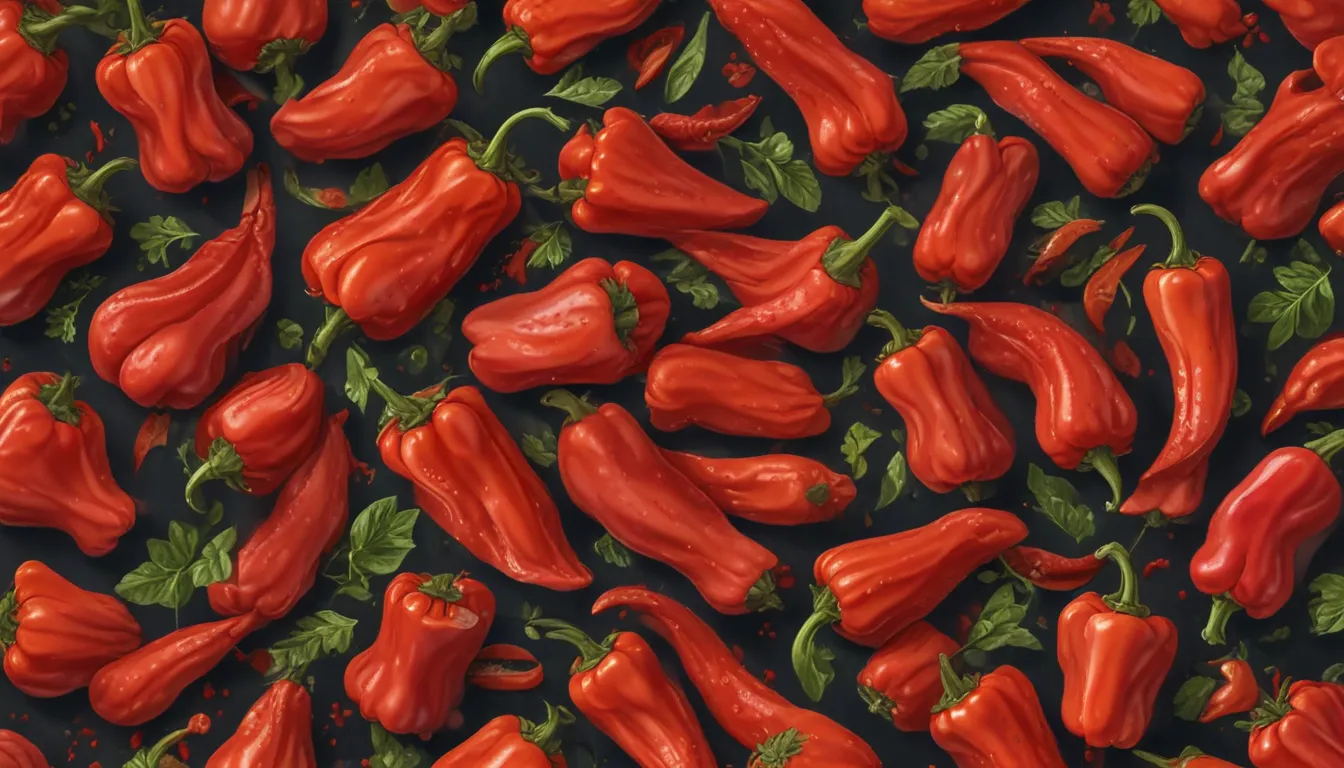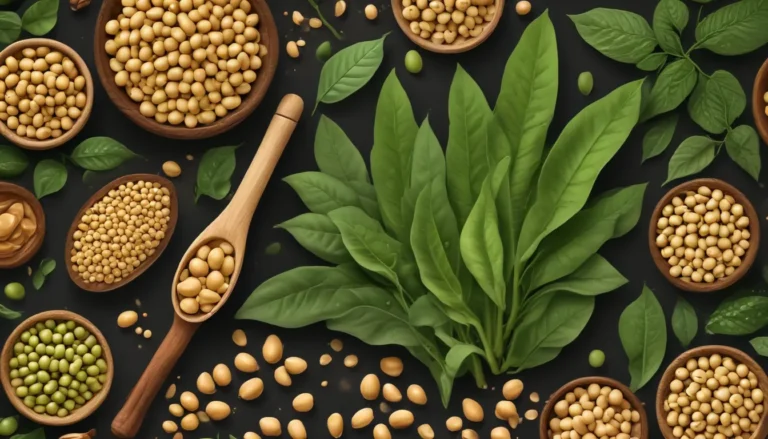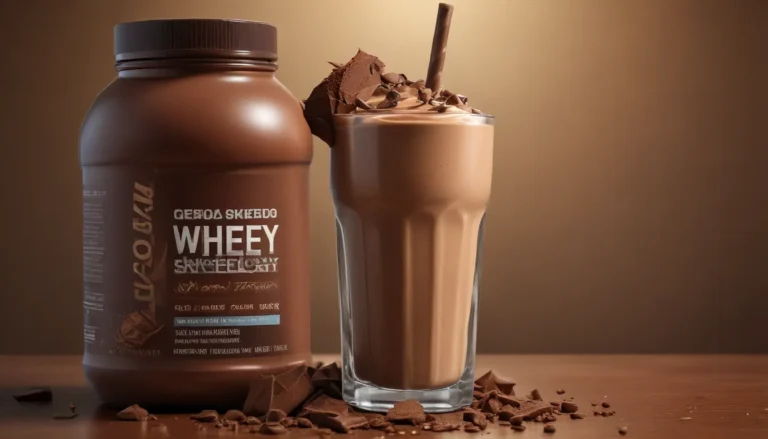The pictures in our articles might not always show exactly what the text is talking about. We use these images to make the article more interesting and eye-catching. They are there to add to the text, but not to replace it or show every detail.
Paprika, with its vibrant colors and unique flavors, has captured the hearts of food enthusiasts worldwide. This humble spice, derived from ground dried peppers, adds depth and complexity to a wide range of dishes. Whether it's sprinkled on deviled eggs, mixed into marinades, or used to season stews and soups, paprika never fails to elevate any culinary creation.
In this article, we will delve into 14 interesting facts about paprika that will deepen your appreciation for this versatile spice. From its origins in Central America to its pivotal role in Hungarian cuisine, paprika has a rich history and surprising health benefits that are worth exploring. Let's unravel the mysteries of paprika together and discover why it deserves a special place in your pantry.
The Colorful World of Paprika
- Paprika is a spice made by grinding dried sweet red peppers, known for its vibrant red hue and rich flavor.
- This versatile spice originated in Central America and was introduced to Europe in the 16th century, quickly becoming a staple in Hungarian and Spanish cuisines.
- There are different varieties of paprika, ranging from mild to hot and even smoked, each offering a unique flavor profile to enhance your dishes.
The Health Benefits of Paprika
- Paprika contains capsaicin, a compound responsible for its spicy flavor, which also boasts health benefits like reducing inflammation and boosting metabolism.
- Rich in antioxidants like vitamin E and carotenoids, paprika helps protect the body from oxidative stress and promotes overall health.
- From improving digestion to stimulating appetite, paprika offers a range of health benefits beyond its culinary allure.
Hungary: The Land of Paprika
- Hungary is renowned for its high-quality paprika production, with ideal climate and soil conditions for growing peppers used in paprika production.
- Paprika is a key ingredient in Hungarian cuisine, found in dishes like goulash and traditional pastries like Eszterházy cake and Dobos torte.
- The versatility of paprika shines in rubs, marinades, dressings, spice blends, and even desserts, showcasing its ability to elevate a wide range of dishes.
Embracing the Spice of Life
- Paprika can be used as a natural food coloring, adding a vibrant touch to sauces, soups, and desserts.
- Some varieties of paprika, especially the smoked ones, offer a distinct smoky flavor that enhances the overall culinary experience.
- Whether used in savory dishes or desserts, paprika adds depth and flavor, making it a must-have spice in your kitchen arsenal.
The Paprika FAQ
Q: What is paprika?
A: Paprika is a spice made from grinding dried sweet or hot peppers, known for its vibrant color and rich flavor.
Q: What are the different types of paprika?
A: Paprika comes in various varieties, including sweet, smoky, and hot, each offering a unique flavor profile.
Q: What are the health benefits of paprika?
A: Paprika is rich in antioxidants, vitamins, and minerals, linked to improved digestion, reduced inflammation, and strengthened immune function.
Q: How can I use paprika in cooking?
A: Paprika can be used as a seasoning for meats, poultry, seafood, vegetables, sauces, soups, and stews for added flavor and color.
Q: Does paprika have any cultural significance?
A: Paprika plays a significant role in the culinary traditions of countries like Hungary and Spain, found in dishes like goulash and paella.
Q: Where can I buy paprika?
A: Paprika is widely available in grocery stores, spice shops, and online retailers, offering different varieties to suit your taste preferences.
Q: Can paprika be used as a substitute for other spices?
A: Paprika can be a suitable substitute for spices like cayenne pepper or chili powder based on the desired level of heat and flavor.
Q: How should I store paprika?
A: It is best to store paprika in a cool, dark place like a pantry to maintain its flavor and extend its shelf life.
Q: Is paprika gluten-free?
A: Yes, paprika is naturally gluten-free, making it safe for individuals with gluten sensitivities or celiac disease.
Paprika is not just a spice; it's a culinary journey waiting to be explored. With its rich history, diverse flavors, and health benefits, paprika is a spice that deserves a spotlight in your kitchen. Let the vibrant colors and aromas of paprika inspire you to create flavorful and inviting dishes that tantalize your taste buds. So, the next time you reach for your spice rack, remember the magic of paprika and let it weave its spell in your culinary creations.






